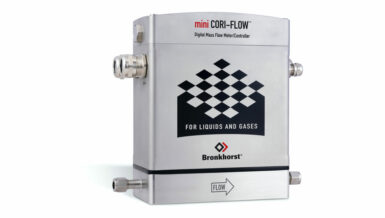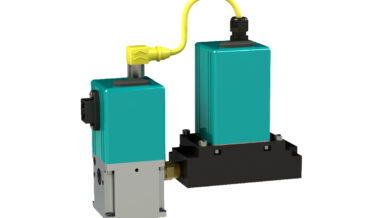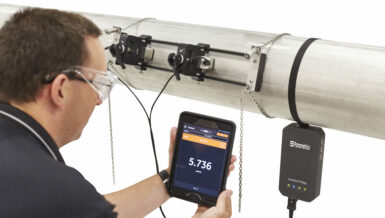Without adequate protection from the elements, low temperatures can easily result in frozen lines, burst piping, and costly damage to critical equipment.
To prevent harsh winter weather from crippling industrial systems, facilities often rely on freeze protection valves.
Freeze Protection Valve Options
Industrial system freeze protection valves typically fall into two broad categories – manual, and automatic.
Manual valves, as implied by their name, must be operated manually. This means opening them before freezing temperatures descend to establish flow, and closing them after the risk period has passed, hopefully without breaking the bank on wasted water.
In contrast, automatic valves are a fully hands-off and stress-free affair. These valves monitor current temperatures, opening to drain cooled water before freezing can occur, and automatically closing afterwards to reduce utility costs over the freeze season.
Manual Freeze Valves, Human Error & Inflated Utility Costs
Manual valves, while effective, are especially prone to human error and the catastrophic damages that may result. While effective in theory, these valves may flounder in practice to be utilized effectively by facility staff. This difficulty is often manifested in two occurrences – either forgetting to open the valve or forgetting to close it.
Forget to open the manual valve before temperatures fall below freezing, and the result is often the expected – a facility littered with broken pipes, damaged equipment, and interrupted processes. On the flip side of the freezing coin, forget to close the valve after the danger has passed, and the flow of wasted water can amount to a substantial figure (in fact, many facilities choose to open manual valves at the start of winter and close them in the spring, often spending hundreds of thousands in excess and unnecessarily inflated utility bills).
Automatic Freeze Valves – Taking The Worry Out Of Winter
Automatic valves combat the winter battleground of human error and wasted water with self-modulating technology. These valves monitor ambient or in-line water temperatures and automatically open when temperatures fall to a pre-determined degree, establishing flow and bleeding off cooled water. Once the valve senses that temperatures have risen, the valve closes to conserve resources, no human interaction needed.
While these valves can often take the form of either electrically powered or mechanically powered, thermostatic solutions provide the most full-proof protection by virtue of the fact that they rely only on their internal components to produce motion and freeze protection will not be compromised due to a power outage. These valves utilize an internal wax actuator to monitor temperatures, which expands and contracts in response to temperature variations, thus producing 100% mechanical motion and effective freeze protection, no matter how cold the winter weather gets.






























